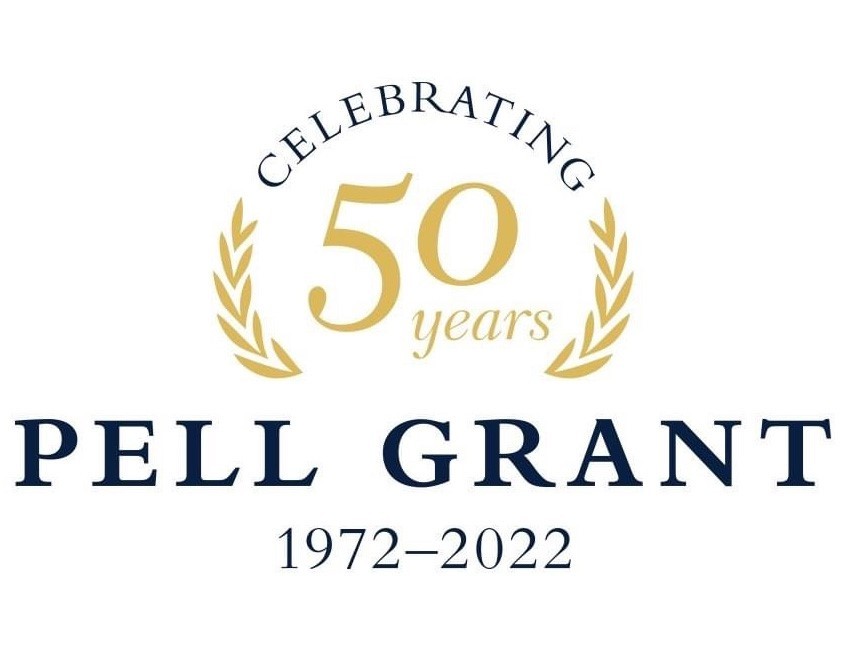
What Does the Pell Grant Cover?
The Pell Grant is an essential form of financial aid for low-income students, helping them pay for college. But it can be complicated to know exactly what it covers, which is why we’ve created this guide to make it easier.
The Pell Grant is a federal need-based aid program, meaning it’s awarded based on financial need. There are no repayment requirements and it can cover many educational expenses.
Tuition and Books
The Pell grant is a federal program that offers need-based grants to low-income students pursuing college. Unlike student loans, these grants don’t need to be paid back after you graduate from school.
Your grant from the government includes payments for tuition and books at your school – up to the total amount of your grant. These expenses may exceed 100% of what is awarded.
Students may charge necessary textbooks against funds in their financial aid account at the school bookstore. However, certain items such as clothing, food, and convenience items cannot be charged against grants.
The federal government will subtract your expenses from the Pell grant before refunding you any remaining amount. This means you can use the money for other school needs or a party.
Living Expenses
The Pell Grant is a federally funded grant that assists low-income students with college expenses. It covers tuition and textbooks as well as living costs like room and board.
Your grant amount each year is determined by your Expected Family Contribution (EFC), cost of attendance and enrollment status. It disburses in two equal portions at the beginning of each semester.
Although college grants are an important source of funding for students, they do not cover all college expenses. Instead, these grants serve as a supplement to student loans and other forms of financial aid.
The maximum Pell Grant has increased over the years, yet it still cannot keep up with rising college education costs. This is especially true for Pell students attending public four-year colleges and universities: on average, bachelor’s degrees at these institutions now cost more than $28,000 more than two decades prior.
Personal Expenses
The federal government established the Pell Grant to assist low-income students with financing their education. It can be a valuable source of financial aid when combined with other forms of assistance like student loans and scholarships.
The amount you are eligible for from a Pell Grant depends on your family’s financial situation, enrollment status and school costs. It also changes annually.
To apply for the grant, fill out the Free Application for Federal Student Aid, or FAFSA, by the designated deadline. The Department of Education then uses this data into a formula to calculate your family’s expected financial contribution (EFC), which it then compares with actual college or university costs.
Transportation
The pell grant is a need-based aid program that provides funding to eligible college students. There is no repayment required and can be used for all education-related expenses, including transportation to and from class.
Pell grants have enabled millions of students to achieve their college degree. Policymakers should strengthen this program so it can support more students and help them avoid debt.
One way to achieve this would be converting the program into an entitlement, meaning Congress would provide necessary funding each year without needing appropriations. Doing this would enable the program to adjust more rapidly when enrollment changes and provide a more stable fiscal outlook.
For instance, during the Great Recession when economic activity plummeted, Pell faced severe funding shortfalls and Congress had no choice but to increase funding. Once recovery began in 2009, however, Pell’s financing began to stabilize and carry-over balances began to emerge.
